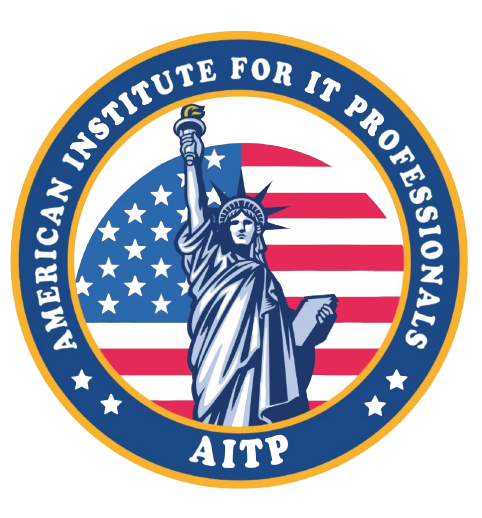Data Analytics using SQL (Bootcamp)

Key Outcomes
Structured Query Language or most known as SQL is used to retrieve, manage, and access data present in the databases, with the help of simple queries. These queries can be easily understood, as they are quite similar to the English language. All of us working with applications and databases, often tend to perform CRUD operations. Well, knowing SQL will help you to easily get the information from data at high efficiency. With the help of SQL queries, you can view update events, monitor table, and database activity, identify specific data at time intervals and retrieve the information based on the requirement.
Also, I believe that SQL is a great start to your journey of programming, as when you start understanding how a computer works, it becomes much easy to learn the structure of new programming languages like Java, Python, Golang, etc.
Once, you master writing SQL queries, you will understand how simple queries can be combined to do data manipulation. Not only this, but you will also be able to develop your own projects and connect it to the database, run Machine Learning projects and use SQL on various platforms.
Work with databases using SQL
Create queries for tables
Build SQL projects
Program Modules
Information is all around us. You can put it to use by learning SQL basics. Used in data science, analytics, and engineering, SQL makes it easy to work with data and make more informed strategy, operations, and business decisions. It’s a helpful skill for anyone who works with data (even in non-tech roles). In this SQL course, you’ll learn how to manage large datasets and analyze real data.
Training Intro to SQL: Querying and managing data
A brief outline of the certificate:
Modules
-
Module 1: Data and SQL BasicsWhat is DBMSWhat is RDBMSWhat are TablesTable ConstraintsDifference B/W DBMS and RDBMSWhat is DatabaseIntroduction to SQLSQL installation
-
Module 2: SQL conceptsDifferent Types of Data TypesQuery language DML DDL DCLCreate Table and Insert DataSelect, Where ClauseLogical OperatorsSet OperatorsWhere Operators
-
Module 3: SQL Data AnalysisData AggregationSQL functions sum, count, avg, min, maxData SortingData RankingData JoiningTypes of JoinSQL case statementsNull FunctionsSQL wild card
-
Module 4: SQL ProcessesView CreationFunctionsProceduresTriggersCursorConditional Code
-
Module 5: Data OptimizationIndexesTypes of indexesExplain planQuery Optimization
-
Module 6: Data ModellingData Model – Use Case StudyData-warehouse basic conceptsFact and DimensionsSlowly Changing Dimensions
-
Module 7: ETL Data EngineeringWhat is ETLETL conceptsIntroduction to Talend– Talend installationJob CreationMetadataData loading to Database
-
Module 8: Data in PythonAnaconda InstallationCoding basicsConnecting SQL DatabaseReading DataIntroduction to PandasWorking with Data frames
-
Module 9: Visualize Data in PythonPlot ChartsCharts FormattingMatplotlib and seabornLine Chart and Bar ChartScatter plotHeat Maps
-
Module 10: Capstone ProjectSales Data ModellingData Automation JobDashboard
Program Experience
Office Hours with Learning Facilitators
Demonstrations
Coding Exercises in Each Module
Bite-Sized Learning
Knowledge Checks
Dedicated Program Support Team
Mobile Learning App
Peer Discussion
Capstone Project
Bonus Content on Advanced Topics
Career Support
Certification & Digital Badge
Who Should Attend?
This online program is designed for anyone who is interested in acquiring programming skills in Python & Machine Learning. No prior programming knowledge is required.
Certificate
Upon successful completion of the program, participants will receive a digital certificate of completion from American Institute for IT Professionals. This is a training program, and it is not eligible for academic credit.
Explore Certificates
.jpeg)
.jpeg)
.jpeg)
.jpeg)
.jpeg)
.jpeg)
Why Python?
Python is a good starting point for first-time coders. It uses simple, natural language syntax, almost like spoken English. It is powerful and it is versatile, favored by such diverse industry giants as Netflix, PayPal, NASA, Disney, and Dropbox. Python is used by 87% of data scientists.
User-Friendly Syntax: As an interpreted language, Python has simpler, more concise syntax than Java. Python’s simple, concise syntax makes it easy to write algorithms with just a few lines of code.
Open-Source Libraries: Pre-written code is readily available, with algorithms at your disposal, so you do not have to start every project from scratch. You can benefit from highly specific libraries – physics, web development, gaming, machine learning – by simply importing algorithms and applying them to your own data. It is plug and play at its best, with new functionalities being added all the time.
Community Exchanges: Python’s popularity means it has great community support, with almost 8 million Python developers across the world to help you debug or resolve a programming challenge.
Compatibility: Python is a cross-platform language and can be integrated easily with Windows and other platforms.
Adaptability: Almost every field is adopting Python and needs both generalists and specialists who know how to use it. Fields as varied as gaming, web development, healthcare, and fintech prefer Python over other programming languages, making it the must-learn language for STEM professionals and data scientists.
Why SQL?
Our SQL course content is the perfect place to start if you are new to the world of database programming or database administration. In addition to learning basic SQL commands and syntax – such as how to insert, update, and delete information from tables – users will be able to practice those same commands through our free online SQL interpreter. Enter SQL commands to receive immediate results and experiment to better understand how database concepts such as table drops and table selects work.
The SQL tutorial and online interpreter currently supports a subset of ANSI SQL. The basics of commands such as select, insert, update, delete, and drop will be covered in this gentle introduction to Structured Query Language (SQL).
If you are already familiar with the basics of SQL, you can still use this database course as a refresher and practice common SQL commands and statements.
